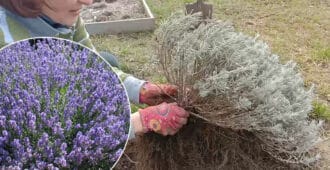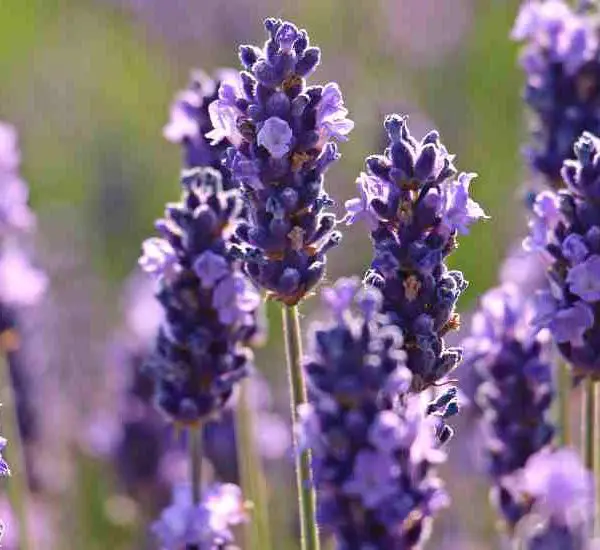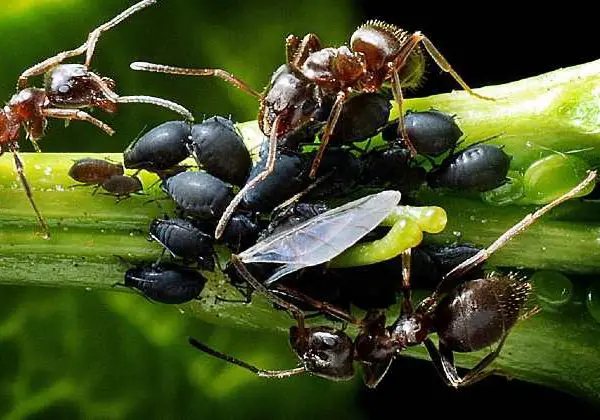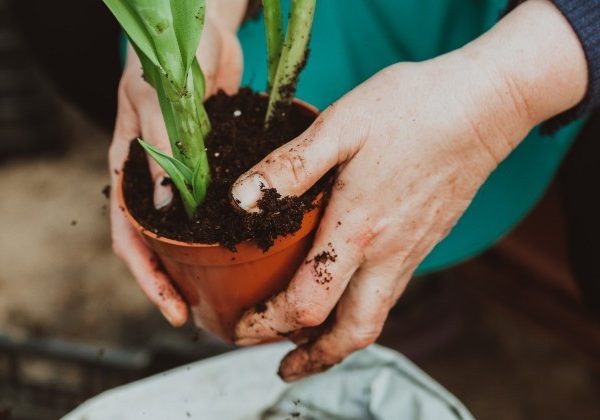Lavender, cherished for its aromatic blooms and drought tolerance, requires special attention as autumn transitions into winter. Taking proactive steps to protect your lavender plants ensures they survive the colder months and thrive in the coming spring. Here’s what you need to do to prevent freezing:
- Pruning: Trim back lavender lightly in late autumn to remove spent flowers and encourage compact growth. Avoid heavy pruning, as lavender needs some foliage to protect its base from freezing temperatures.
- Mulching: Apply a layer of mulch around the base of lavender plants to insulate the soil and protect roots from frost. Use materials like straw, pine needles, or shredded leaves, ensuring the mulch is a few inches deep but not piled against the plant stems.
- Protecting from Wind: Lavender plants are susceptible to drying out from winter winds. Consider installing a windbreak, such as burlap or a mesh screen, to shield them from harsh gusts.
- Watering: While lavender is drought-tolerant, it’s essential to ensure plants are adequately hydrated going into winter. Water deeply before the ground freezes to help roots survive dry winter conditions.
- Location: If possible, plant lavender in a sunny, sheltered spot with good drainage. Avoid planting in low-lying areas where cold air settles, increasing the risk of frost damage.
- Pest Control: Check lavender plants for pests and diseases. Treat any issues before winter sets in to prevent further damage during dormancy.
- Container Plants: If growing lavender in pots, move containers to a sheltered location, such as against a south-facing wall, to provide additional warmth and protection from freezing temperatures.
By following these care tips for lavender at the end of autumn, you can safeguard your plants against freezing temperatures and ensure they emerge healthy and vibrant in the spring. With proper protection and maintenance, lavender will continue to grace your garden with its fragrant blooms year after year.
Show Comments



